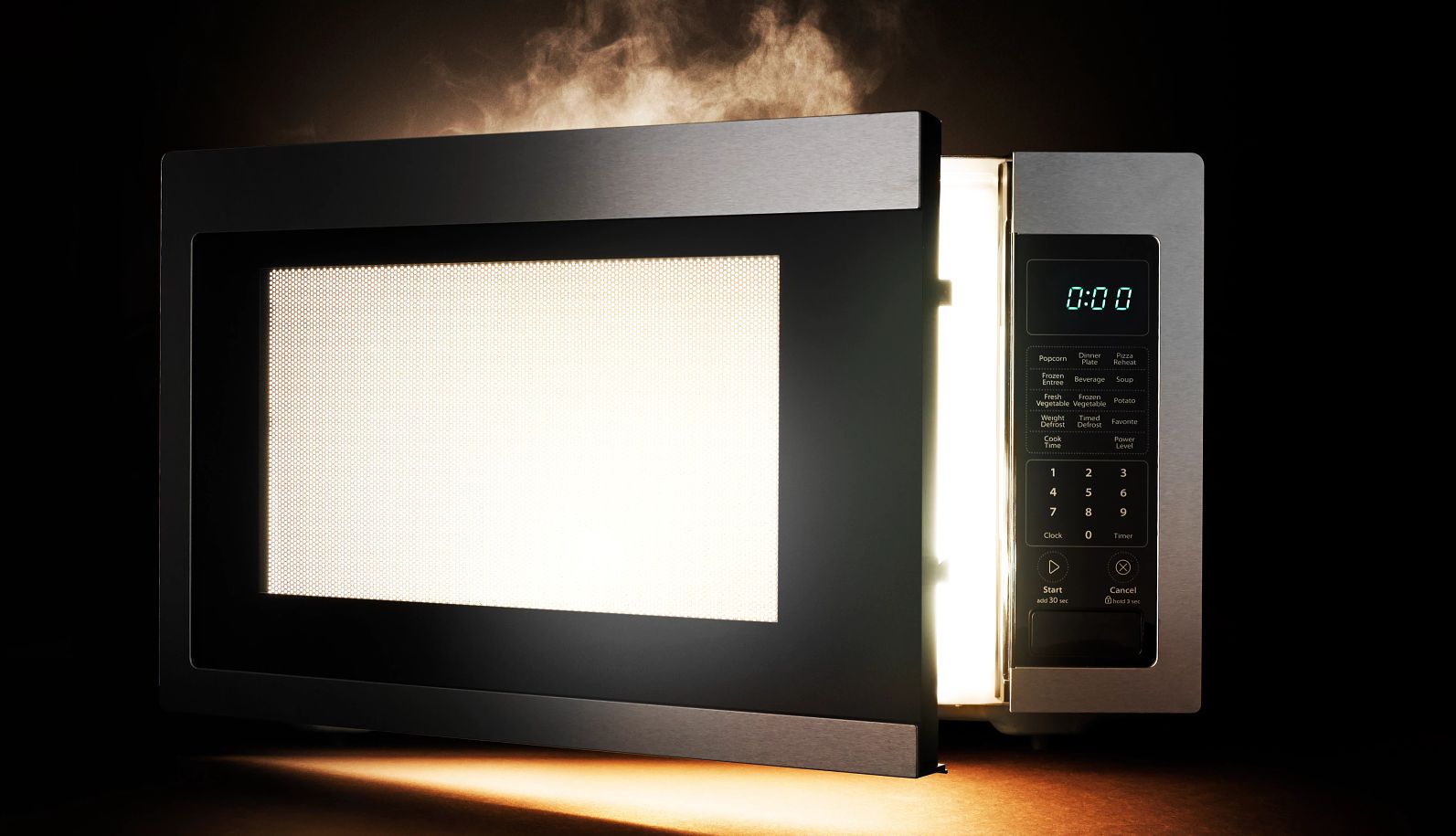AARP Hearing Center


Are you sick of parched pasta, viscous veggies and lackluster leftovers? Are microwave mishaps haunting your kitchen? We have some tips to help you!
Microwaves may be one of the easiest appliances to use in the kitchen, but that doesn't mean they're foolproof. In fact, microwaving in the wrong way can affect the taste, texture and even the nutritional value of your food. To help you avoid these mistakes, we spoke with experts for advice on how to maximize the benefits of your microwave.
1. You steam vegetables with too much water
Many cooking methods rob vegetables of their nutrients by leaching them into the water in which they are cooked.
To minimize nutrient loss in the microwave, use less water when steaming or heating vegetables. This works well because, compared to some techniques, microwave cooking offers a shorter preparation time and can help retain more nutrients that typically break down when exposed to heat, such as vitamins B, C and D.
For best results, use blanched or frozen vegetables in the microwave to avoid uneven heating or overcooked greens, recommends William Lendway, a dietitian, chef and assistant professor at Johnson & Wales University in Providence, Rhode Island.
2. You heat up spicy food in the microwave
The compound that gives chilies their heat factor, capsaicin, is also an irritant. When you microwave something like a spicy pepper, the food can emit steam similar to pepper spray and irritate your eyes, sinuses and lungs.
3. You're not separating foods based on their cook times
Cook times for different foods can vary in the microwave, just like they do in the oven, says Pam Stein, the home cook and food influencer behind In Pam's Kitchen. You can try to prevent undercooking and overcooking by grouping foods of similar densities and cook times together in the microwave. "Cook foods with the longer cooking time first, and while those foods are resting to seal in the juices, then cook those foods with a shorter cooking time," she adds.
4. You cook raw meat
When raw meat goes into the microwave, its cells are exposed to frequencies that make it rapidly vibrate and create heat. This can cause it to cook unevenly, resulting in a dry and tough texture.
On the other hand, defrosting meat in the microwave until it is pliable can be a good way to quickly prepare it for cooking. A little bit of a cooked edge is normal, but be careful not to overheat it, Lendway says.
To reheat previously cooked meat, cover it and pair it with gravy, mashed potatoes or another food high in water content to help trap in moisture.
5. You don't poke holes in food with skin
When foods with high water content are heated in the microwave, they expand and the water inside turns to steam. When that moisture has no way to escape, certain foods will explode. This typically applies to foods that have a sort of skin, such as potatoes, eggplant and certain meats like hot dogs or sausage. Poke holes in any food that has skin to avoid building up pressure. Cooking an egg in its shell is never advised!
6. You're not arranging your food evenly in the microwave
Don't be afraid to give your microwave a hand by arranging your food in a way that promotes consistent heating, Stein says. How can you do that?
"If possible, heat food in a single layer,” Stein says. "The thickest food should be around the outer edges of the dish." Stein also says piling food can create hot and cold spots when microwaving, so avoid any mounds altogether.
7. You use cheap plastic containers
Certain plastic containers shouldn’t go into the microwave — especially the more flexible, cheap ones, Lendway says. It’s important to avoid chemicals such as bisphenol A (BPA) and phthalates, which can enter the body along with foods that have come in contact with them and possibly damage the liver, kidneys, lungs and reproductive system. When BPA gets heated, it is more likely to leach into water and food.


































































You Might Also Like
25 Great Ways to Save on Monthly Bills
Lower your payments without sacrificing your lifestyle
Looking to Save Money on Tech? Consider Buying Refurbished
Major brands offer discounts with warranties. But are ‘used’ electronics safe?
AARP's Fast-Action Guide to Replacing Appliances
When your home essentials break and there's no time to lose, these shopping tips can help